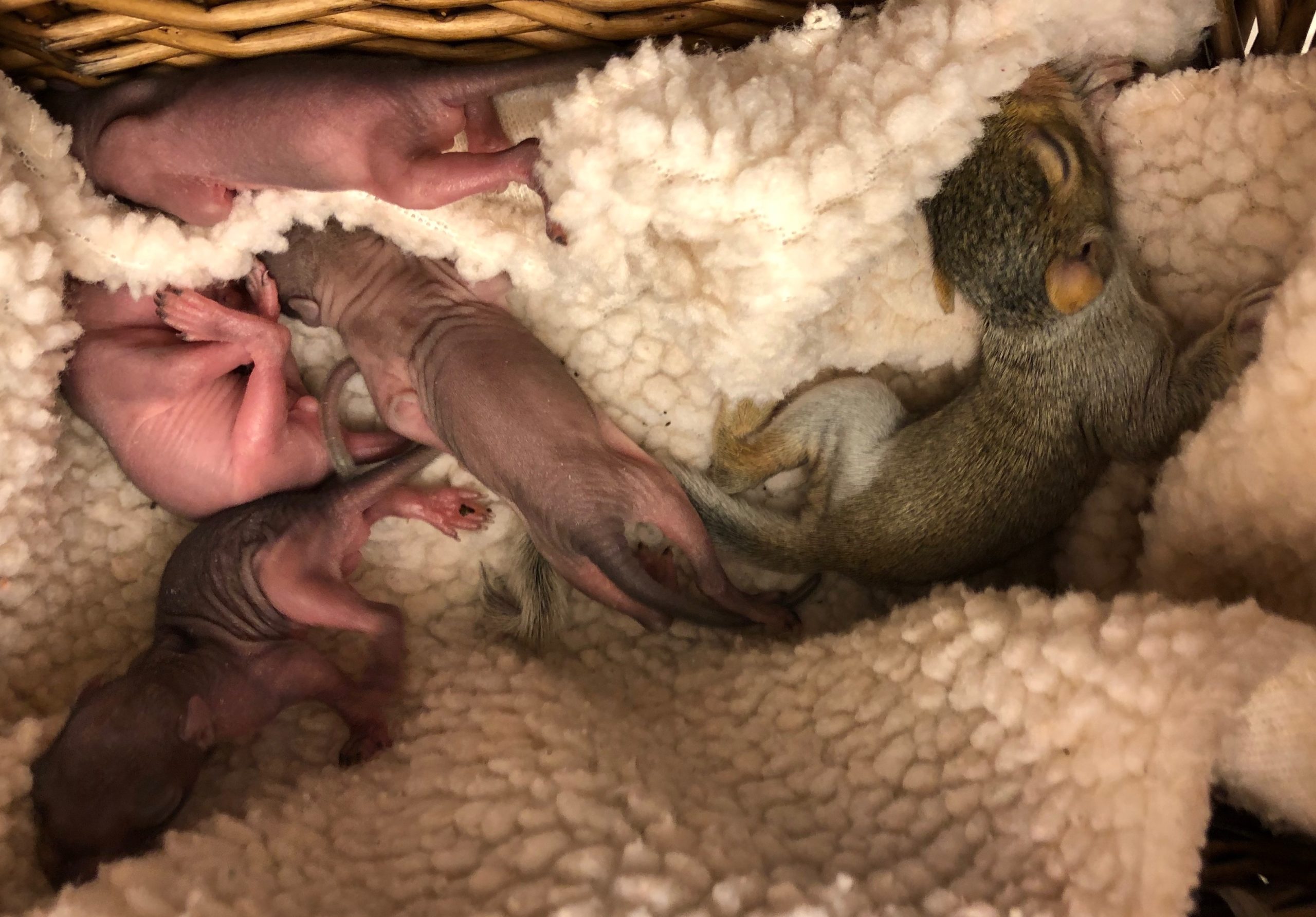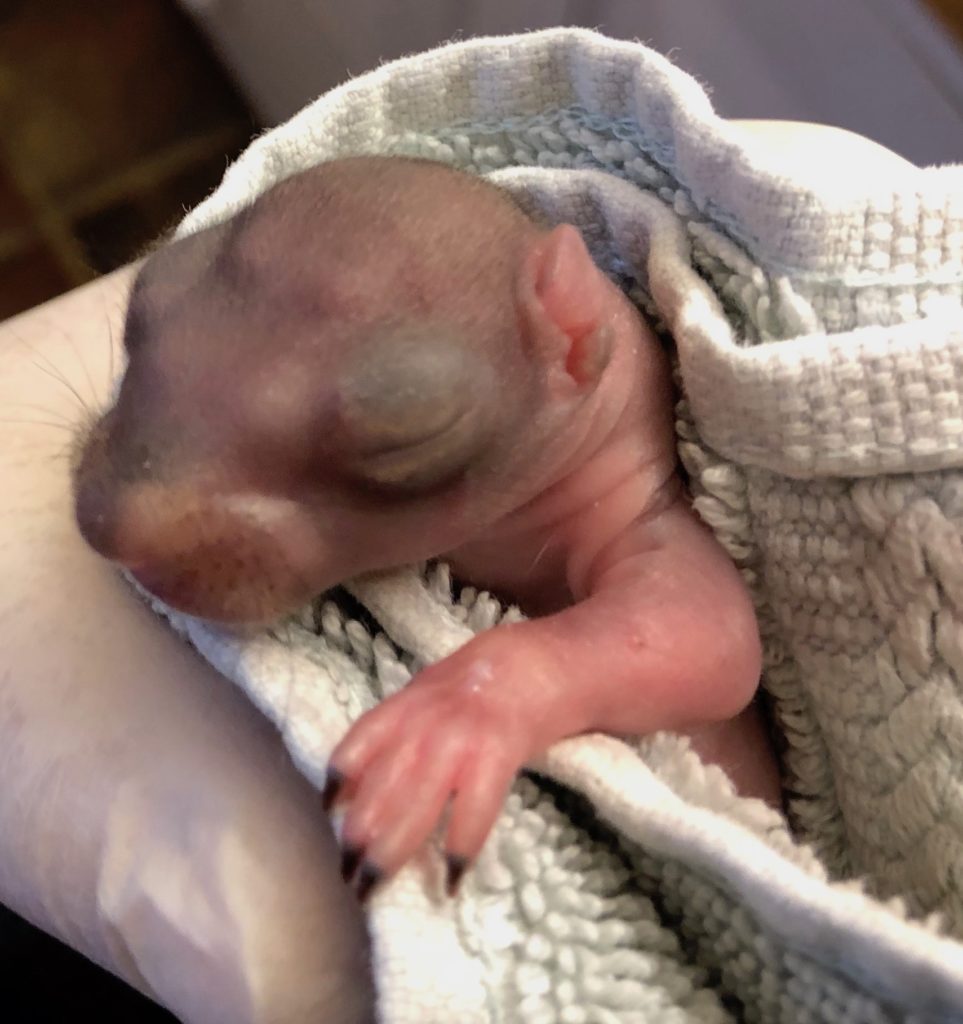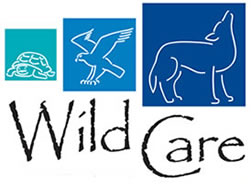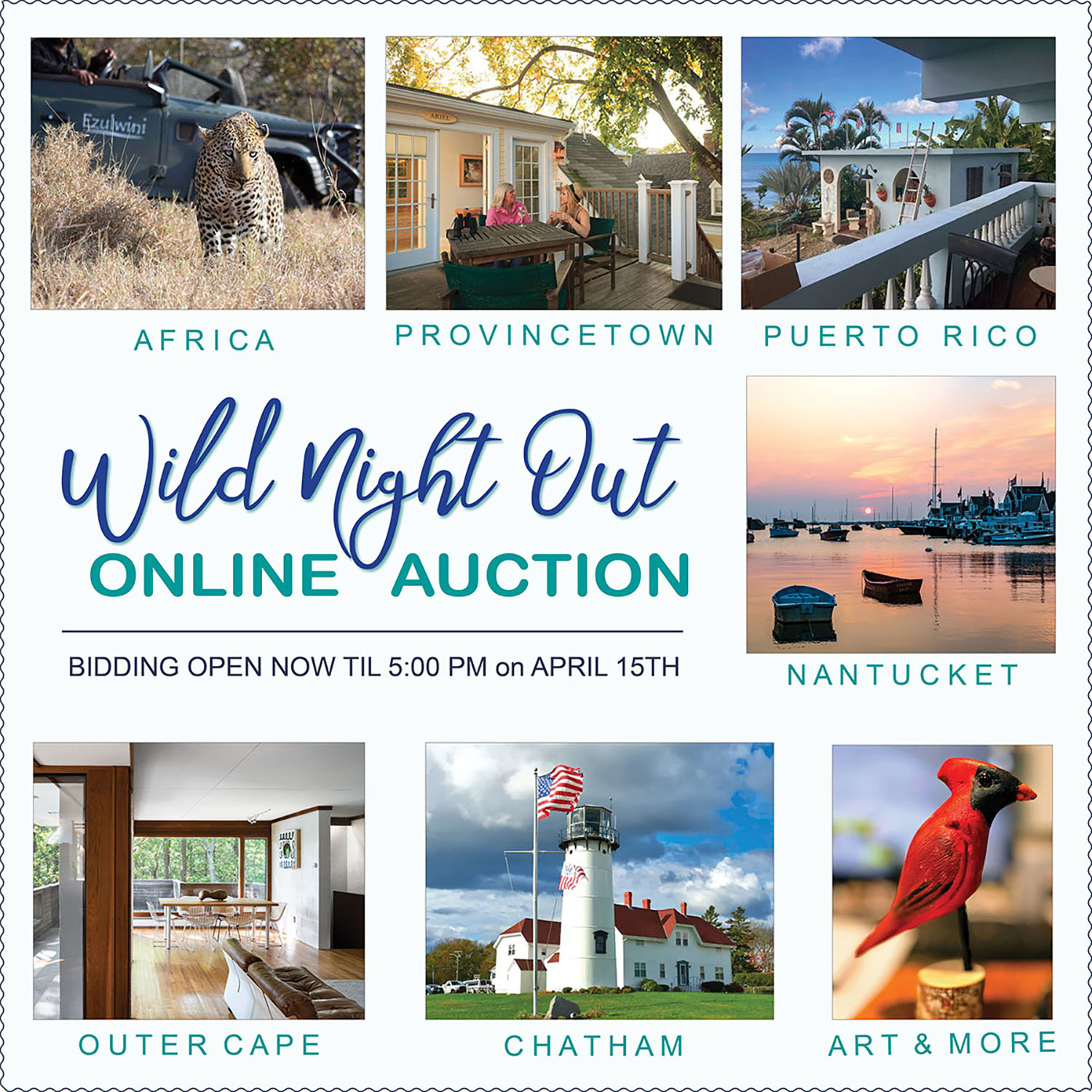
Squirrelly Times!
Adventures of a Wild Care Volunteer
“Squirrelly Times!”
I’m sure you’d all agree; these are odd times indeed—unprecedented for all of us. “Social Distancing” (or more accurately, “physical distancing”) affects everyone, even Wild Care. Of course Wild Care is phenomenal with cleaning and disinfecting all the time, but even so, when isolation was requested from the state, Wild Care responded accordingly by buckling down even harder. Closing wasn’t really a viable option because animals in general don’t stop getting hurt, sick, and orphaned regardless of state orders. (Wild Care provides an “Essential Service”.)
 So, protocol quickly became, amongst other things, one person only in the building, and no volunteers on the premises. That meant no volunteers for cleaning or laundry which is a huge task even when there are few animals. There are typically 1-3 volunteers in daily to help the staff with this in the “off season.” There also are often at least 2 staff members. Now all that work became the job of one person, in times when cleaning was extra important.
So, protocol quickly became, amongst other things, one person only in the building, and no volunteers on the premises. That meant no volunteers for cleaning or laundry which is a huge task even when there are few animals. There are typically 1-3 volunteers in daily to help the staff with this in the “off season.” There also are often at least 2 staff members. Now all that work became the job of one person, in times when cleaning was extra important.
And if that wasn’t intense enough, it also meant no volunteers for for feeding shifts, just as the baby squirrel season brings dozens of needy orphans in needing intense round-the-clock care. This is typically the time of year when Wild Care activates a robust volunteer list into service for feeding in 3 hour shifts. But not this time.
Needless to say, no one mortal being can handle all of this. So an unprecedented decision was made to send stable groups of baby squirrels (healthy but young, and in need of round the clock care), home with a few trained and experienced volunteers**. The less stable, and/or very young groups would go home with staff out of necessity.
I was fortunate enough (trusted enough?) to be called upon to take a group of pretty young squirrels home. This group was made up of four babies I would come to call the Littles that were really little, and one that was older by perhaps a week, whom I would call Hercules (aka Climbing Man, and Big). No one’s eyes were open, and everyone was still in an incubator. I was expertly packed up with supplies (thank you, Leah!), directions, and an inverter for my car, for the incubator on the trip home. Though I was well-prepared, I had no clue what I had signed myself up for. Not a clue!
They were due for a feeding right upon arrival home. I took the incubator, and all the supplies, and set it all up in the bathroom (has a door I can close). I moved the cat litter to another location (no cats allowed), and set to the task of feeding. Feeding, for those of you who haven’t seen it in action, is a time consuming process. You start by heating the formula (assuming you don’t have to make the formula—and that is a whole other process!), and putting on gloves. You set the heated formula on or in something warm to keep it warm. Every squirrel at this age has to be kept warm, so they get burritoed in a washcloth. You watch the angle you have them at so they don’t choke, you fill a 1 cc syringe with a nipple-type cap on it, you rinse the end (so food doesn’t get on their faces any more than necessary), you help their little mouths find it (remember, no eyes open yet), and you begin to dispense the prepared formula very slowly. One cannot rush a squirrel in feeding or it comes out their noses, leaving them susceptible to choking. The Littles took 2 of these syringes, and Hercules took 3. You need to pay attention here too, to make sure you count right (a bigger attentional problem as they get older and take 7, 8…13 syringe-fulls of formula).
But it doesn’t stop there. Squirrel babies cannot relieve themselves without help, so after feeding every little girl and boy needs to be stimulated to do so (I’ll leave that to your imagination). Then, you clean up the little being of excess milk, urine and feces, and place them in a holding place. In my case the holding place was a small second container inside the incubator. If you don’t separate them as you feed them, you easily lose track of who’s been fed. Did I mention that those without fur (the Littles) needed to have lotion applied at most feedings? Then, you have to record everything. Date, time, male or female, how much they ate, urine (?), feces (?), medication/lotion (?), and any condition changes. Repeat 5 times.
This whole process took me 50-60 minutes per round. My directions said feed every 2.5 hours. So, I get 1. 5 hours to do other needed things around the house (I have 2 cats and a special needs dog), and then repeat again. One hour on, 1.5 off, round the clock! Well, sort of. I had permission to push the night feedings to one. They could do four hours at night so I was told I could get up once.
That middle of the night feeding was challenging, at least for me. I’m not very awake, but making a mistake can cost a squirrel their life so I worked really hard to be as awake as possible. I turned on lots of lights to help. By the time I was done with one hour, I was awake, with only 4 allowed before the next feeding. Needless to say I didn’t sleep well.
Another challenge was the older squirrel. He was starting to climb. Climbing with no sight is not a good plan and I kept finding Climbing Man in awkward places. Eventually I would have to remove the containers for his safety and nest everyone directly in the incubator, which would make keeping track of who had been fed even more complicated. Feed Big (Climbing Man ran through several names actually), then Little boy 1, and upon completion be sure I had the other Little boy, then repeat with the girls.
Alas, my squirrel feeding home care shifts came to an end and I brought them back to Wild Care and handed them off on the front deck. They were now in Jen’s care (Animal Care Coordinator). As if working alone at Wild Care all day wasn’t enough, Jen would now get to bring these babies home with her, and get up during the night.
I’ve mentioned before how incredibly much I learn every single time I have an interaction there. I have amassed an impressive amount of information that is useless in a standard conversation (“Did you know loons can’t walk,” is not a great conversation starter at a social gathering). What did I learn on this round?
1.) Squirrel mommies have a huge amount of work to do.
2.) When squirrel mommies can’t take care of their babies, that work doubles for a human surrogate mommy. Imagine this: My schedule with 1 group was 1 hour on, 1. 5 hours off. A rehabber at Wild Care normally can have 6 to 8 or more of these groups, not to mention as many as 20 to sometimes 50 or more other injured animals to care for. When I do the math on that, it stands my hair on end.
3.) Wild Care staff works INCREDIBLY hard (emphasis intended)! Behind the scenes many of us just don’t realize how much care an injured or orphaned animal takes in terms of time and resources. Staff often goes well over what I would consider a reasonable work day. They do it because of their intense dedication to animal welfare.
4.) The collective knowledge of the Wild Care staff is REALLY impressive (again emphasis intended)! I couldn’t have done this for the 3 days I did without a lifeline to the staff for help. In my book, they are true super-heroes!
* As of this writing, the Littles and Hercules are no longer living together, but they are all well, and growing stronger by the day.
**REF: MassWildlife – “Temporary Care”, section (17), Mass Wildlife Rehab Permit Package pdf.
Wild Night Out Online Auction
READY, SET, BID… We are so excited to announce that our Wild Night Out Online Auction is now live!
READ ALL NEWS
CALENDAR OF EVENTS
04 April, 2024
Wild Night Out Online Auction
EVENT DETAILS
05 April, 2024
Wild Night Out
EVENT DETAILS
28 February, 2024
Wildlife Winter/Spring Talk Series
EVENT DETAILS

DID YOU KNOW??
Wild Care has a state-of-the-art seabird therapy pool, which allows seabirds and waterfowl to exercise on running water. This will help our bird friends recover more quickly so they can get back to their watery habitats!

